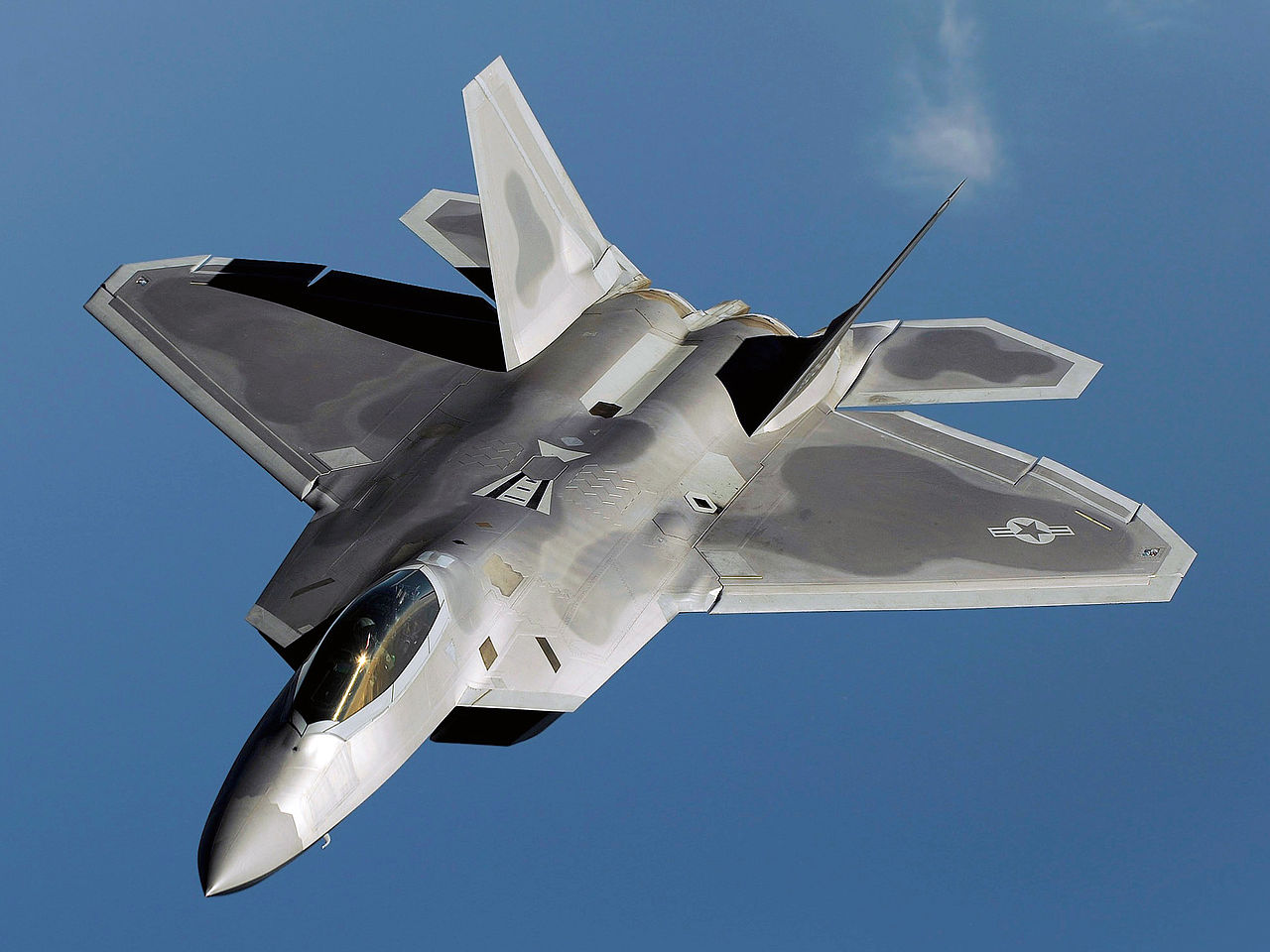US F-22 Raptor Scores First-Ever Air-to-Air Kill on Chinese Balloon, Raises Questions on Fighter's Future
On February 4, 2023, the F-22 Raptor, a fifth-generation fighter jet, successfully conducted its first air-to-air kill by shooting down a Chinese meteorological balloon over the Atlantic Ocean. The U.S. Air Force deployed the aircraft from Langley Air Force Base in Virginia to intercept the balloon, which was suspected by some Western media outlets to be a Chinese intelligence-gathering asset spying on the United States. However, experts cast doubt on this claim, pointing out that such a means of surveillance would be too conspicuous and outdated. China Daily responded to the allegations by stating that those spreading such lies were exposing their ignorance.
 |
| An F-22 Raptor flies over Kadena Air Base, Japan on a routine training mission. |
The balloon reportedly entered U.S. airspace after losing course due to strong winds, with another similar lost balloon flying near South America. Despite its extreme altitude, small size, and lack of a meaningful radar signature, the F-22 successfully shot down the balloon using the AIM-9X Sidewinder missile, which is the aircraft's primary short-range armament. The operation drew some public criticism due to the high cost of the missile, which is close to $400,000, compared to the cost of the balloon, which is a small fraction of that amount.
The F-22, which first joined the U.S. Air Force in December 2005, saw a very short production run that was cut short in 2011 due to several issues faced by the aircraft, such as its poorer range and higher maintenance needs compared to its predecessor, the F-15, as well as its extreme operational costs. These issues led to the decision to begin retiring the F-22 airframes from later in 2023. The lack of beyond-visual-range air-to-ground capabilities has limited the missions on which the F-22 can be deployed, unlike newer aircraft such as the F-15EX and F-35.
The incident with the meteorological balloon will likely be the first and last time F-22s use their missiles before the fleet begins to downsize later in the year. While the F-22 was the world's first fifth-generation fighter and had no analogues abroad for years, its relevance has been called into question due to its lack of cost-effectiveness and the fact that newer aircraft, such as the F-35 and F-15EX, boast more modern avionics and have experienced fewer operational issues. A successor to the F-22 is currently under development under the Next Generation Air Dominance sixth-generation fighter program.



